The best temperature for a house is subjective – there’s no one-size-fits-all solution to what is considered too cold. Whether you’re trying to stay warm or save on energy costs, it’s important to know how different temperatures affect your home and your health. When establishing the ideal temperature for your home, there are a few elements you should take into account.
Recommended Temperature When You Are Home
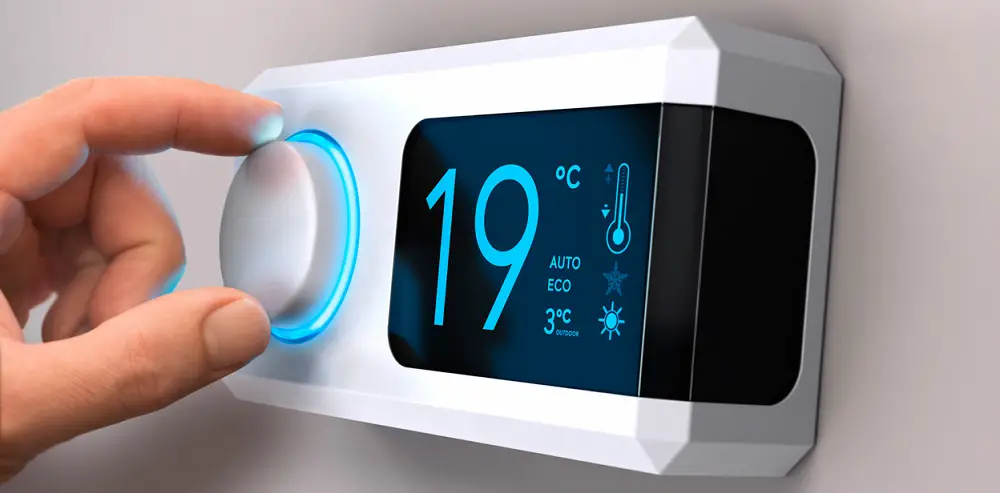
The EPA recommends setting the thermostat to 78°F (26°C) when you are at home with air conditioning and 68°F (20°C) during winter months. This temperature range is considered the most effective balance between comfort and energy efficiency.
When temperatures drop too low, there are health risks involved. Infants, the elderly, and those with chronic illness are especially at risk of hypothermia if temperatures drop too low. The American Academy of Pediatrics suggests setting the temperature no lower than 70°F (21°C) in any room a baby sleeps in order to provide a safe sleeping environment. [1]
What Temperature is Too Cold for a House?
The actual temperature when a home is too cold will vary depending on individual preferences, age and health of the occupants, and other factors. Generally speaking, a house should not drop below 55°F (13°C) for extended periods of time. At this temperature range most people will begin to feel uncomfortable and are at risk of hypothermia, particularly if they are already prone to cold-related illnesses.
It’s also important to note that certain areas of the house may become colder than others as well. Drafty windows or inadequate insulation can lead to temperatures in certain rooms being much lower than the average room temperature. If you notice any area of your home dropping significantly below 55°F (13°C), it’s best to take action and address any problems before the temperature drops too low.
Striving to maintain an ideal balance between comfort and cost-efficiency is integral when setting the right temperature for your home. Keeping temperatures at recommended levels can not only help improve air quality in your home but also save you money on energy bills. So invest in proper insulation and use your thermostat wisely! [2]
Warning Signs Indicating Your Home May Be Too Cold
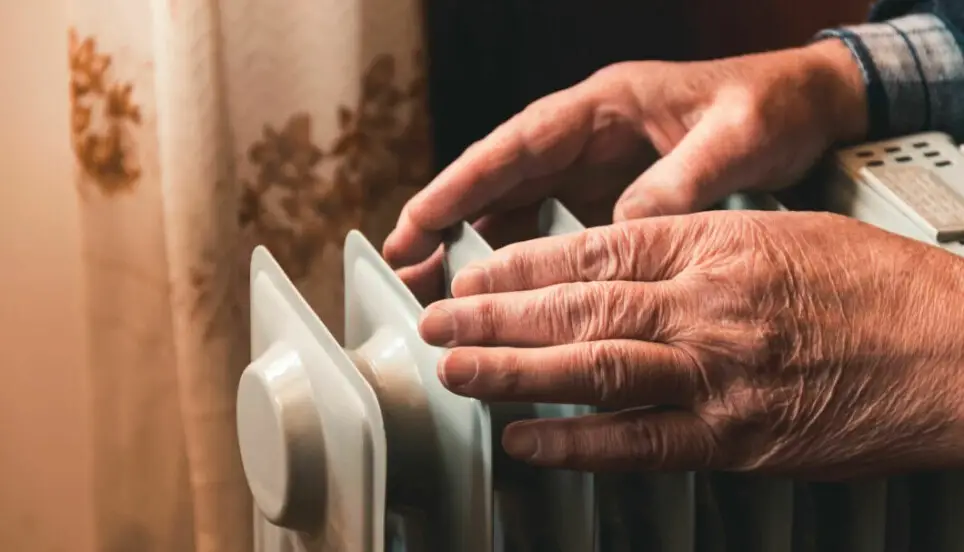
Condensation On Windows
Condensation on the windows or walls can be an indication that the temperature in your house is too cold. This could be caused by a lack of adequate insulation or humidity levels that are too low.
Frozen Pipes
If you notice any pipes in your home freezing or becoming clogged, this is a clear sign that it’s too cold and you need to take action.
Mold & Mildew
Cold temperatures combined with high humidity can create an ideal environment for mold and mildew growth. If you start to see signs of mold forming, it’s best to address the problem quickly before things get worse.
Cold Floors
Cold floors can also be indicative of a major temperature imbalance in your home. If you start to feel cold while walking around your house, it could be a sign that the temperature is too low and you need to make adjustments.
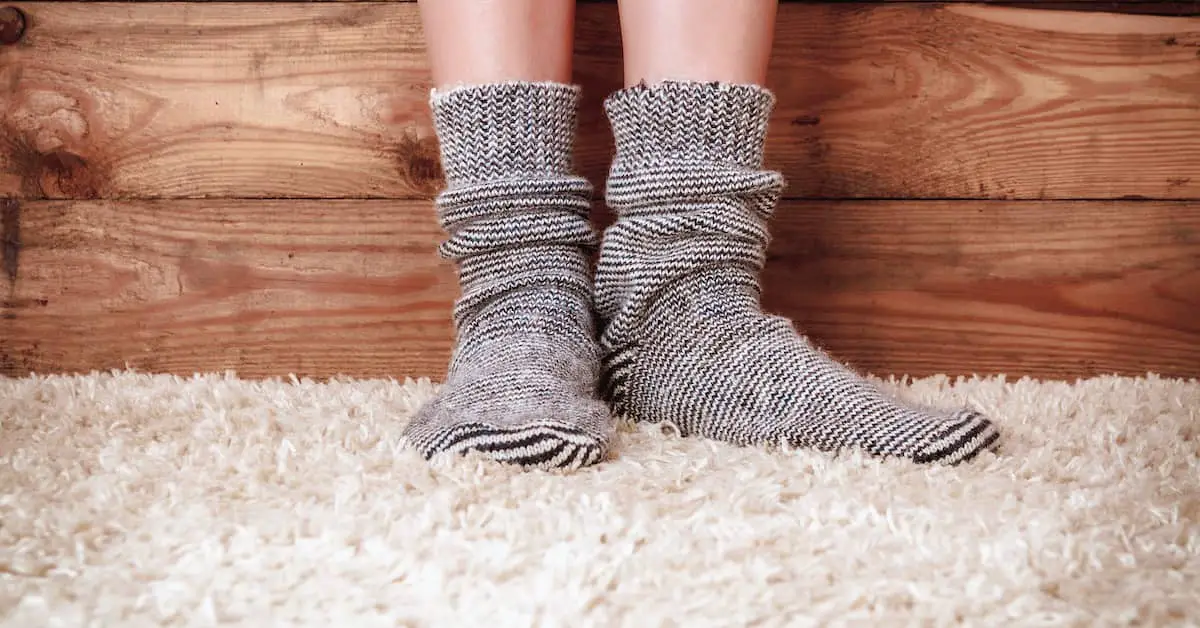
Body Chills or Shivering
If you or anyone in the house starts to feel cold and chills, this could be a sign that it’s too cold inside. The best thing to do is take action right away by adding extra layers of clothing or blankets, as well as increasing the thermostat setting if possible. [3]
Pale Skin
Cold temperatures can also cause skin to become pale and chapped. If you or anyone in your home is exhibiting signs of pale, dry skin due to low temperatures, it’s likely time to adjust the thermostat.
Taking Action When Your Home Is Too Cold
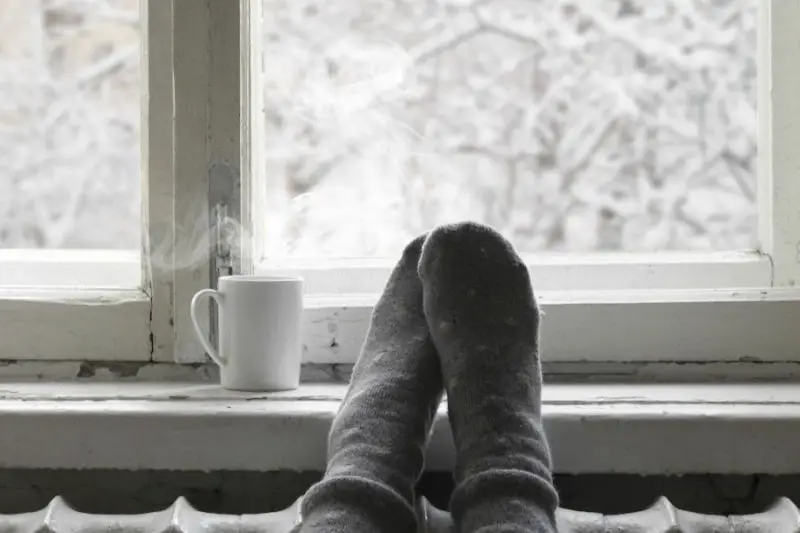
If you find that the temperature in your home is too cold, there are several steps you can take to improve the situation. Some of these include:
- Checking for drafts and sealing any gaps around windows/doors.
- Increasing insulation levels in walls, attics and basements.
- Turning up the thermostat a few degrees (check with manufacturer’s guidelines).
- Adding extra layers of clothing to stay warm.
- Investing in a space heater for cold areas of the house.
- Installing a humidifier to help maintain optimal humidity levels.
Taking these steps can help ensure that your home is comfortable and at the right temperature all year round. If you’re still having trouble keeping your home warm, it may be time to call a professional to take a look at the issue.
Overall, when it comes to figuring out what temperature is too cold for your home, there are several factors that will determine this including individual preferences and health risks associated with certain temperatures.
It’s important to keep an eye on the thermostat setting and make sure any cold areas of the house are addressed before they become too severe. Doing this can help you maintain a comfortable and cost-effective temperature in your home! [4]
When a Low Temperature Isn’t Saving You Money
Sometimes, keeping your house at a lower temperature isn’t always the most cost-effective way to save on energy bills. If too low a temperature is chosen, it can lead to overworking of the heating system and result in higher bills overall. Furthermore, if you opt for a high-efficiency furnace or air conditioner, running it too often may negate its efficiency altogether.
So it’s important to consider all options before settling on a particular temperature setting for your home – one that finds the perfect balance between comfort and cost savings. This could include turning down the thermostat during times when no one is home and using space heaters or blankets in certain areas of the house instead of relying solely on central heating/cooling.
Vacant Home During the Winter
If you’re planning to leave your home vacant for an extended period of time during the winter months, it’s important to take additional steps to protect your property from potential damage due to freezing temperatures. This includes shutting off any main water valves and draining out all of the pipes in the home. Additionally, it can be helpful to purchase a programmable thermostat that can adjust the temperature setting based on occupancy.
By taking these precautions, you can ensure that no matter how cold it gets outside, your house will stay protected and energy costs won’t skyrocket when you come back from vacation.
Overall, determining the ideal temperature for your home is largely dependent on personal preference and health considerations. When in doubt, err on the side of caution and aim for a slightly warmer temperature setting. Doing so can help protect your home from the cold and ensure everyone stays comfortable all year round!
Thermostat Types Can Affect Your Energy Bill
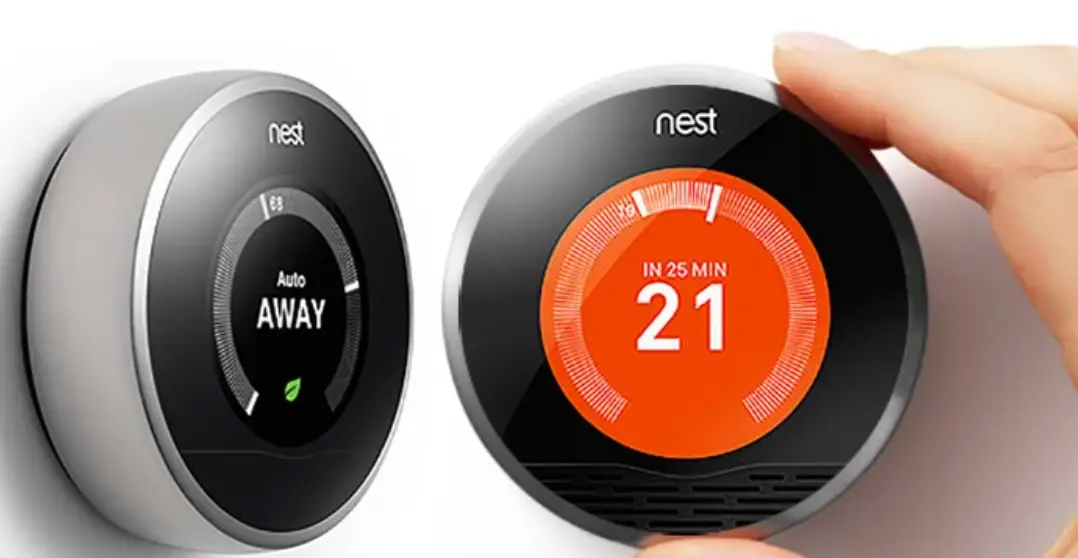
Manual
A manual thermostat is the most basic type and requires you to manually adjust the temperature setting. While it’s inexpensive, a manual thermostat can be more difficult to maintain as you’ll have to remember to change it whenever necessary.
Programmable
A programmable thermostat allows you to set predetermined temperatures for different times of day. This helps you save energy and money by only heating or cooling when it’s needed most – during peak hours when people are home.
Smart/Wi-Fi Enabled
Smart thermostats are equipped with Wi-Fi capabilities, allowing them to connect to your smartphone or other electronic devices. This makes it easy for users to control temperature settings from anywhere in the world and even adjust it to different times of day. Smart thermostats also come with a range of energy-saving features that can help lower your monthly bills.
No matter which type of thermostat you choose, understanding what temperature is too cold for your home is essential in keeping everyone comfortable while saving money on heating and cooling costs.
By following the advice outlined above, you can ensure that your home stays at the right temperature all year round! [5]
Cost Effective Ways To Stay Warm
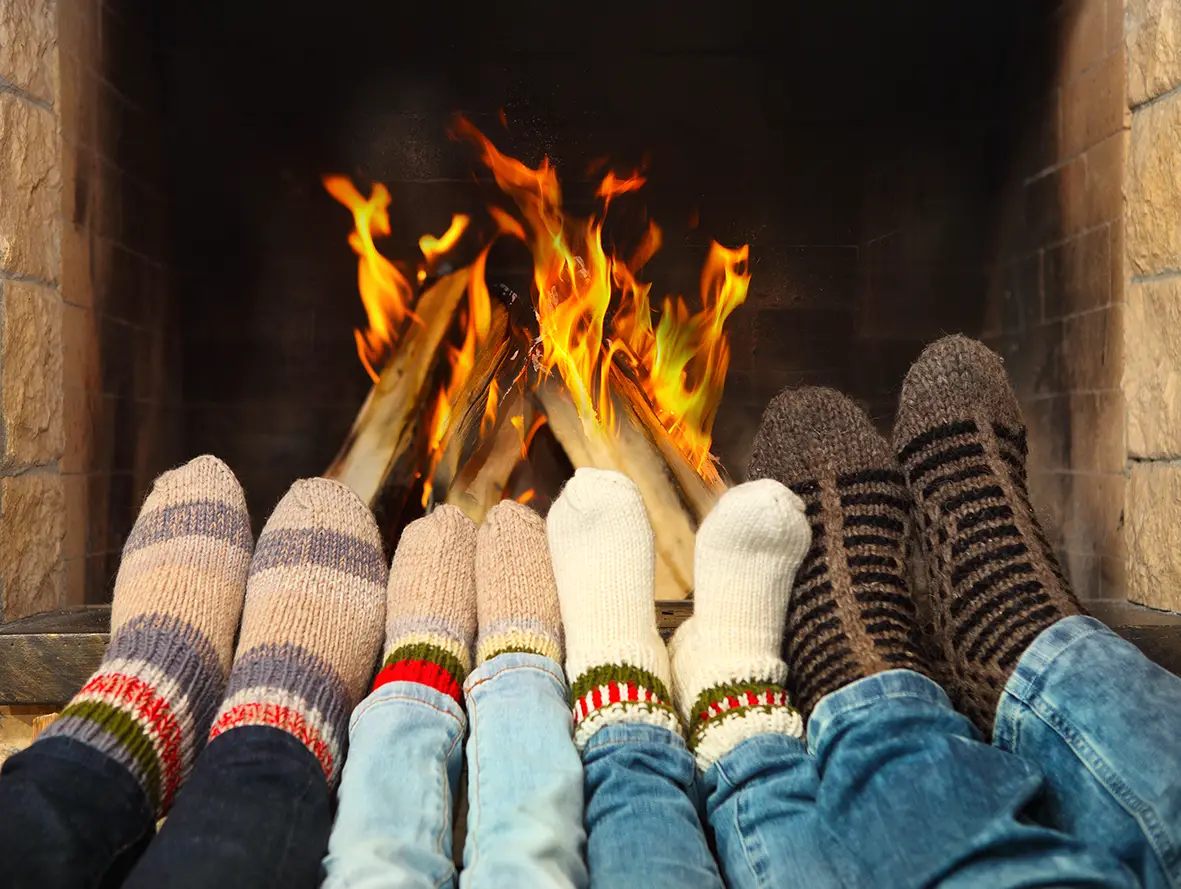
Aside from setting your thermostat at an appropriate temperature, there are a few other cost-effective ways to stay warm during the winter months. This includes closing curtains or blinds at night to keep heat in and installing weather stripping around doors and windows to prevent drafts.
Also, if your house has older windows that lack insulation, you may want to consider investing in some storm windows or insulating window treatments. Doing this can help improve insulation levels in your home and reduce the amount of energy needed for heating.
Finally, be sure to check the furnace filters regularly as dirty filters can make it harder for air to circulate properly and cause the system to work harder than necessary. With all these tips in mind, you can ensure that your home remains comfortable, even during the coldest days of winter.
Should You Leave A House Without Heat In The Winter?
When it comes to leaving your home without heat during the winter months, it’s not a good idea. Not only can extreme cold cause serious damage to your property, but it can also be dangerous for any pets or plants you may have inside.
If you’re planning to leave your house vacant for an extended period of time, make sure to take measures to protect your home and belongings from potential damage due to freezing temperatures.
This includes shutting off all main water valves and draining out all pipes in the home as well as purchasing a programmable thermostat that can adjust the temperature setting based on occupancy.
Taking these precautions will help ensure that no matter how cold it gets outside, your house will stay safe and energy costs won’t skyrocket due to an empty property.
Should You Heat Your Entire House?
When it comes to heating your home during the winter months, you don’t necessarily need to heat every room. In fact, most people are comfortable keeping a consistent temperature throughout their house and simply adjusting the thermostat depending on where they spend the most time.
For example, if you tend to spend most of your time in the living room or bedroom, then it makes sense to focus more energy on those rooms and keep the thermostat set at a slightly lower level for other parts of the house that aren’t used as often. This will help save energy and money while still ensuring everyone stays warm and comfortable.
Ultimately, understanding what temperature is too cold for your house and taking measures to protect your home from freezing temperatures is important. But it’s also important to remember that you don’t need to heat your entire house all the time in order to stay comfortable during winter months. With a few simple energy-saving measures like these, you can ensure that everyone stays warm and cozy all season long! [6]
FAQ
What’s the coldest you should let your house get?
The coldest you should let your house get is around 68°F (20°C). This temperature setting will help prevent any major damage to your property while still keeping everyone comfortable.
What type of thermostat is most cost-effective?
Programmable thermostats are typically the most cost-effective as they allow you to set predetermined temperatures for different times of day. This helps save energy and money by only heating or cooling when it’s needed most.
Is 18 degrees too cold for the house?
Yes, 18°F ( -7.8°C) is too cold for a house in the winter months. This temperature can cause serious damage to your property as well as be dangerous for any pets or plants you may have inside. To stay safe and comfortable, aim to keep your house at 68°F (20°C).
Can I leave my house without heat in the winter?
No, it’s not recommended that you leave your house without heat during the winter months. Not only can extreme cold cause serious damage to your property, but it can also be dangerous for any pets or plants you may have inside. If you’re planning to leave your house vacant for an extended period of time, make sure to take measures to protect your home.
Is it unhealthy to live in a cold house?
Yes, living in a cold house can be unhealthy as it can lead to a variety of issues such as increased risk for respiratory infections and aggravation of asthma symptoms. To stay safe and comfortable, aim to keep your house at 68°F (20°C). Additionally, consider using other cost-effective methods such as closing curtains or blinds at night and installing weather stripping around doors and windows.
Can old windows make my house colder?
Yes, older windows without insulation can cause your home to become colder during the winter months. To combat this issue, you may want to consider investing in some storm windows or insulating window treatments. Doing this can help improve insulation levels in your home and reduce the amount of energy needed for heating.
Can a dirty furnace filter make the house colder?
Yes, a dirty furnace filter can make your home colder. This is because the dirt and dust particles can clog up the filters and make it harder for air to circulate properly. Be sure to check the filters regularly as this will help maintain proper air circulation and ensure that your home remains comfortable during the coldest days of winter.
How cold is too cold to sleep in your house?
The coldest you should let your house get while sleeping is around 68°F (20°C). Staying in a colder environment can cause various issues such as increased risk for respiratory infections, shivering, and difficulty sleeping. To ensure comfort and safety while sleeping, aim to keep the temperature at 68°F (20°C).
Can I set my thermostat lower when I’m away?
Yes, you can set your thermostat lower when you’re away. However, it’s important to be aware of the temperature range that will protect your property from potential damage due to extreme cold temperatures. Generally speaking, the lowest setting should be no lower than 55 – 60°F (12 – 16 °C). Doing this will help ensure that your home and belongings will stay safe and energy costs won’t skyrocket due to an empty property.
Why are hospitals kept so cold?
Hospitals are kept cool for a variety of reasons. Generally speaking, cooler temperatures help reduce the risk of infection and provide relief for patients who may be feeling overheated due to medical treatments or illnesses. Additionally, lowering the temperature helps conserve energy which leads to cost savings.
Can a cold house make you depressed?
Yes, living in a cold house can lead to feelings of sadness and depression as it can make daily tasks more challenging and uncomfortable. To combat this issue, focus on making your home warm and inviting by investing in some energy efficient windows or installing weather stripping around doors and windows.
Additionally, consider adding warm colors to the walls or using blankets or throws to create a cozy atmosphere.
Do I need to heat my entire house?
Generally speaking, it is not necessary to heat your entire house during the winter months. Instead, focus on heating the rooms where you spend most of your time such as bedrooms, living room, kitchen, etc. This will help reduce energy costs while still keeping you comfortable. Additionally, be sure to keep certain areas, such as the attic, slightly cooler to prevent warm air from escaping.
Useful Video: No Heating and Health | How Warm Should my House Be?
Conclusion
Maintaining a comfortable temperature in your home during the cold winter months is key to staying safe and healthy. Aim to keep the thermostat at 68°F (20°C) while sleeping, and no lower than 55 – 60°F (12 – 16 °C) when away. Additionally, avoid heating your entire house at once and focus on heating only the rooms where you will be spending most of your time. Consider installing energy efficient windows and weather stripping around doors and windows for better insulation levels. Finally, don’t forget to check furnace filters regularly to ensure proper air circulation.
By following these steps, you can make sure that your home is warm and inviting during the coldest months of winter.
References
- https://www.constellation.com/energy-101/best-thermostat-types-and-settings.html
- https://www.itv.com/news/wales/2022-11-30/how-warm-should-your-house-be-to-keep-you-healthy
- https://www.theraingauge.com/what-temperature-is-too-cold-for-a-home/
- https://www.foilboard.com.au/blog/signs-your-home-is-under-insulated/
- https://www.energysaversair.com/2021/06/09/can-a-faulty-thermostat-cause-high-electric-bill/
- https://www.uswitch.com/energy-efficiency/heat-the-whole-house-or-one-room/







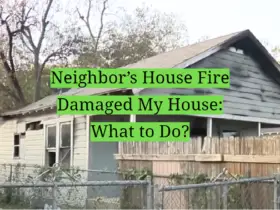


Leave a Reply